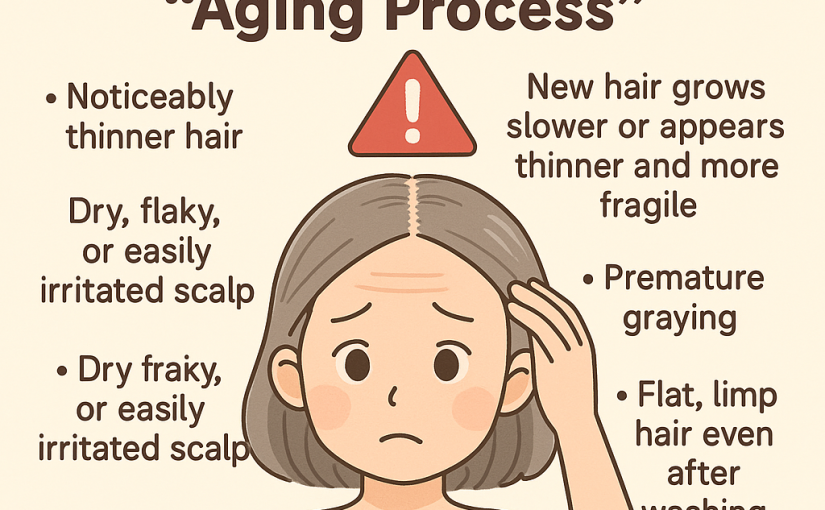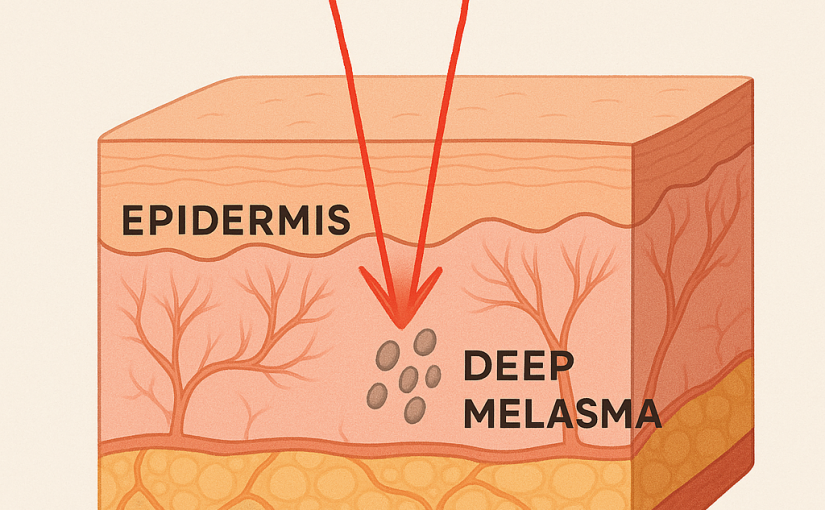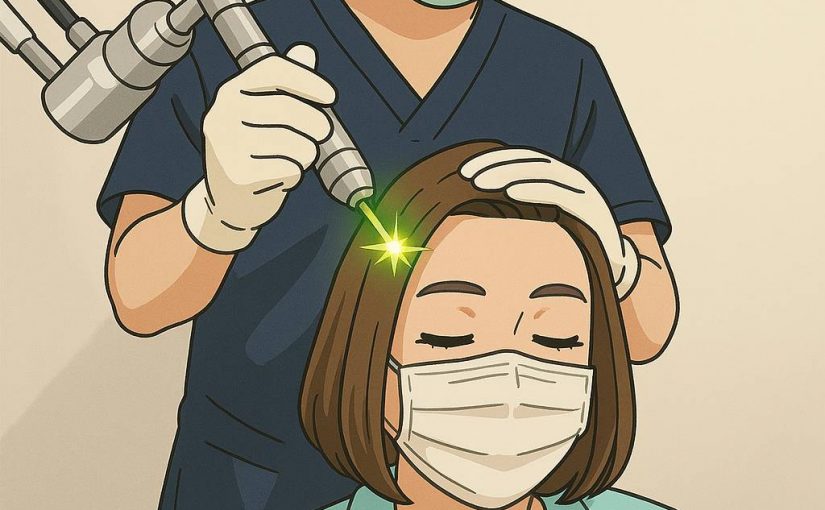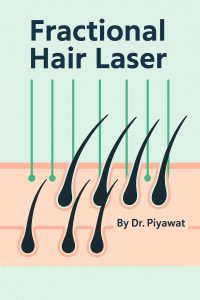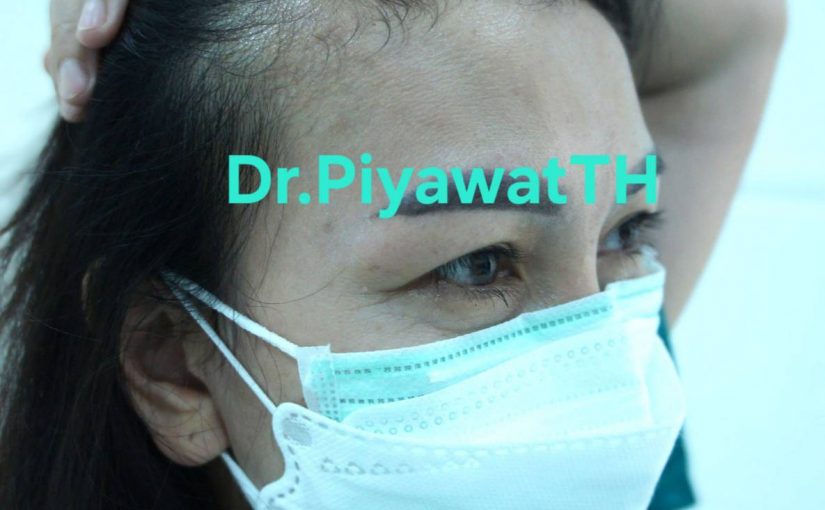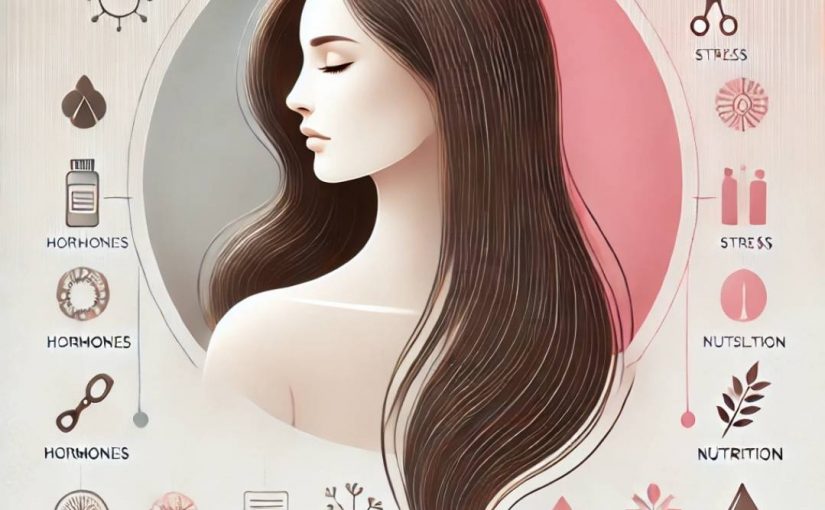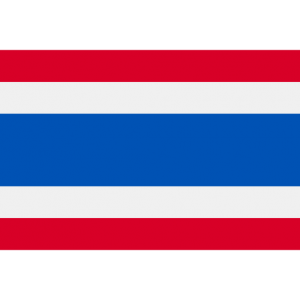
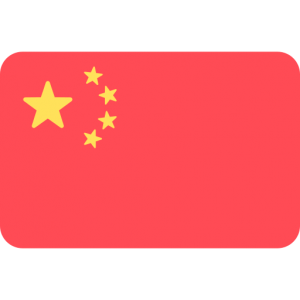
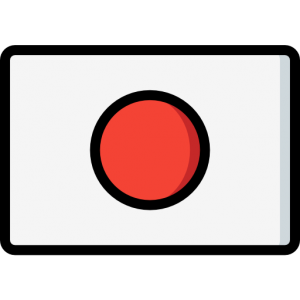
Hair Aging: Thinning Hair from the Aging Process
Discover the Secret Behind “Beauty from the Roots” with the Phenomenon of Hair Aging and How to Keep Your Scalp Youthful
When the Scalp Ages… the Hair Begins to Say Goodbye
We’re familiar with caring for our facial skin to stay youthful—avoiding wrinkles and sagging—but did you know that the scalp also ages? And these subtle, often invisible changes can be a major cause of thinning, dry, graying, or shedding hair.
Hair Aging: Fragile Hair Isn’t Always Just Genetic
While genetics do influence hair characteristics, the environment of the hair follicles plays a more significant role than most people think. As the scalp ages—whether from natural aging, pollution, or hormonal changes (especially after menopause)—the hair follicles begin to weaken. They slow down, produce thinner and finer hair strands, or stop generating new hair altogether.
Warning Signs Your Scalp is Entering “Menopause”
– Noticeably thinner hair
– Dry, flaky, or easily irritated scalp
– New hair grows slower or appears thinner and more fragile
– Premature graying
– Flat, limp hair even after washing
What Causes Scalp Aging?
– Aging: Tissues around the hair follicles shrink, and the follicles themselves become smaller.
– Hormonal decline: Especially the drop in estrogen in women, leading to dry, less elastic scalp skin.
– Sunlight and pollution: Cause low-grade inflammation in the scalp and hair follicles. Free radicals damage scalp collagen.
– Improper hair care: Harsh shampoos, frequent dyeing, perming, or heat styling without proper nourishment.
– Nutrient deficiencies: Lack of essential vitamins (e.g., B vitamins, vitamin D), minerals, and amino acids important for hair health.
How to Rejuvenate the “Aging Scalp” and Restore Its Youthful Glow
– Use shampoos and conditioners designed for the scalp: Choose organic, natural formulas free from sulfates, silicones, synthetic fragrances, and harsh preservatives.
– Eat foods that nourish the hair: Include salmon, nuts, dark leafy greens, eggs, and whole grains.
– Reduce stress and get enough rest: Stress hormones directly affect the hair growth cycle.
– Exercise regularly: Promotes blood circulation, reduces stress, and helps regulate hormones.
– Consider supplements that support hair health: Especially B vitamins, vitamin D, zinc, and essential amino acids.
– Use natural remedies that promote blood circulation to hair roots: Such as blood-tonifying herbal products.
– Consult a hair and scalp specialist for proper diagnosis and treatment: With tools like microscopic scalp analysis and treatments such as Fractional Laser or Hair Mesotherapy.
Conclusion
Hair thinning and hair loss can affect anyone. Aging is a common contributor. By nurturing your body from within, avoiding harmful external factors, and starting early treatment, you can maintain beautiful, youthful hair for years to come.
